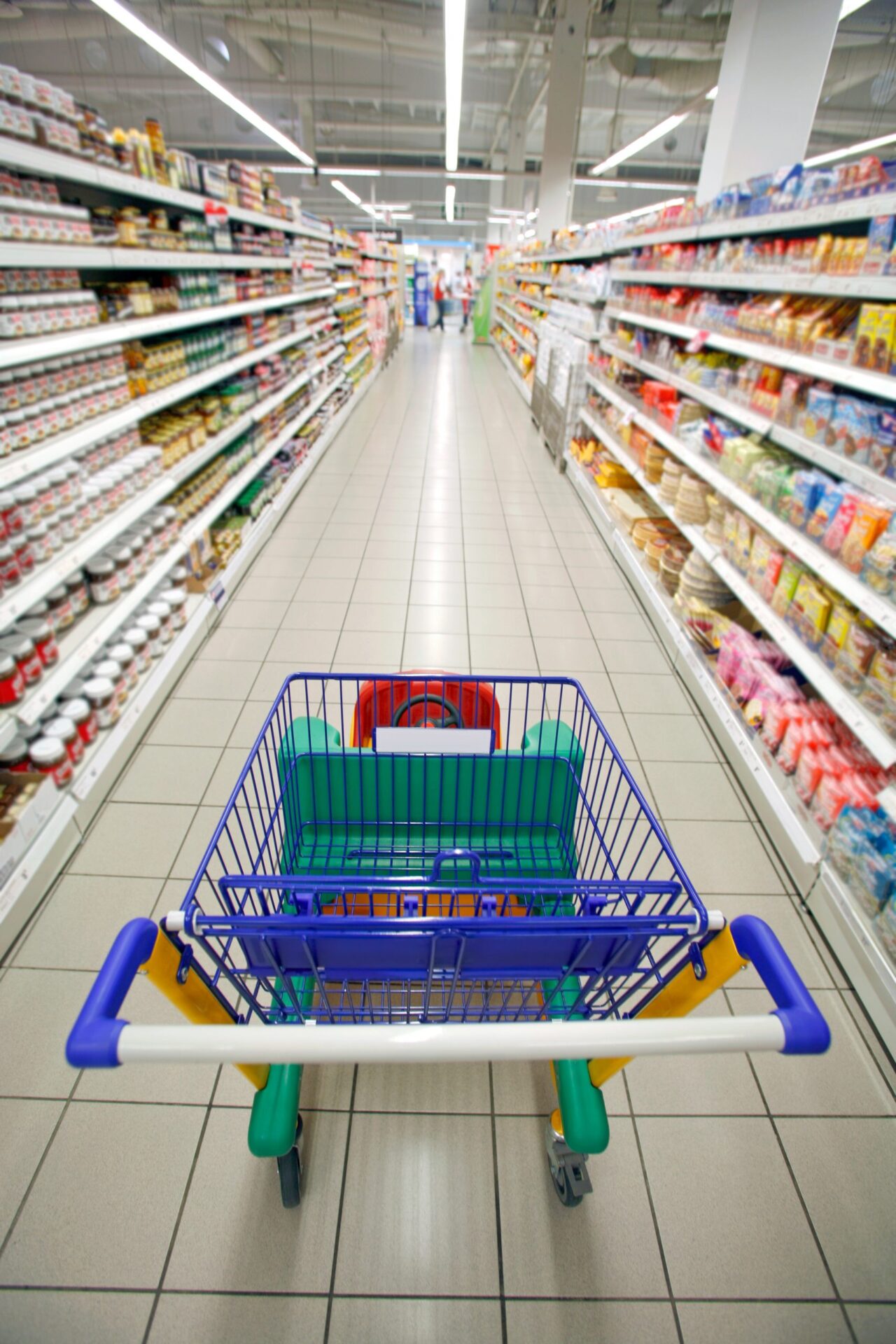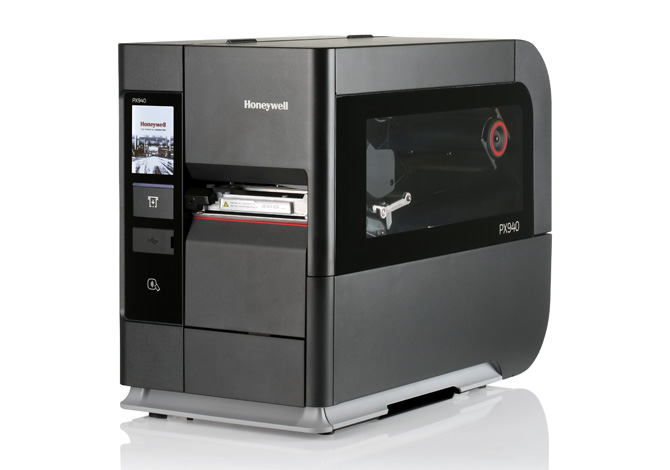From your company to your customers, Universal Product Code (UPC) barcode labels are essential for transportation, logistics, inventory management, point of sale accuracy, and regulatory compliance. These labels must be readable no matter what device is being used to scan it by your customer. If the UPC barcode labels are not done just right, your company is liable for fines, chargebacks, and returned shipments.
Proper barcode labeling tracks materials from manufacturing, through distribution, to the end user.

A UPC barcode should state what the item is and what the real-time price of the item is. The UPC barcode helps to determine stock levels at store locations and provides pertinent information that businesses can share with each other.
If the UPC barcode labels are not done just right, your company is liable for fines, chargebacks, and returned shipments.
UPC Barcode Requirements

The UPC is a unique 12-digit number that identifies the product and the vendor. Barcodes are regulated by GS1 (Global Standards Organization) and are the most commonly used barcode for retail in the United States.
UPC barcode labels have several formats that are different. Point of sale barcodes are different from warehouse and distribution barcodes. Warehouse and distribution barcodes also differ, mostly between the ITF-14 and GS1-128.
- UPC-A: Point of Sale (checkout)
- Required barcode in North America
- ITF-14 barcodes only have the Global Trade Item Number ® (GTIN®)
- GS1-128 logistics barcodes have the GTIN® and can be encoded with other information:
- Product information
- Batch/Lot number
- Weight
- Expiration Date
Compliance Labeling
Having a quality barcode label machine to monitor the readability of UPC barcodes can save you time and money.
How are you checking the quality of the barcode labels you print? By verifying the first few prints, the middle of the prints, and the last few prints? How many barcode labels are going unchecked?
Obtain a barcode labeling machine with compliance labeling. You can program the machine to assign a letter grade of A through F for ANSI or assign a numerical score of 4 through 0 for ISO. The system is even designed to generate a report that you can send to your customer, providing proof of compliance labeling.

Integrated Verification Technology

A top-quality barcode label machine has an integrated verification technology system for printing 1D and 2D barcode labels that are in compliance with GS1 requirements. Each label is verified upon printing, voiding out bad labels and printing a new one that adheres to the standards set.
You can manage the label machine individually with its built-in touchscreen interface or through an intelligence software system to manage more than one at a time, at the same time. With this technology, you can easily meet the requirements of UPC barcode labels.
The Honeywell PX940 is an investment that takes the guess work out of barcode label specifications.
Don’t put your business relationship in jeopardy with bad barcode labels that could cost you in fines and chargebacks. The PX940 will help you by providing the quality to meet GS1 requirements and can provide annual cost savings as high as $14,825.
Bad barcode labels can result in delayed payments, fines and bad business relationships. With the potential of a chargeback being as much as $200,000, added fees may be up to $3,000 for one delivery. How much is that business worth to you?
Don’t risk your business relations and contracts.
Let the PX940 do the barcode label work for you.
Contact us today to talk about getting your PX940.





